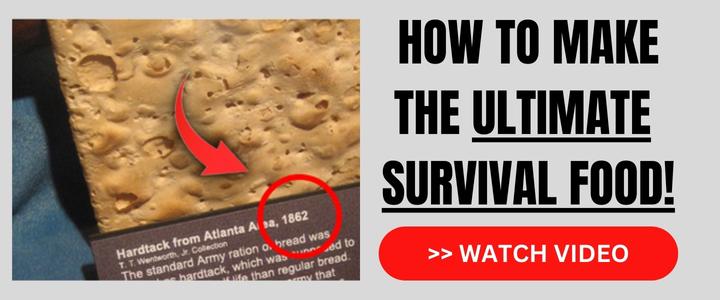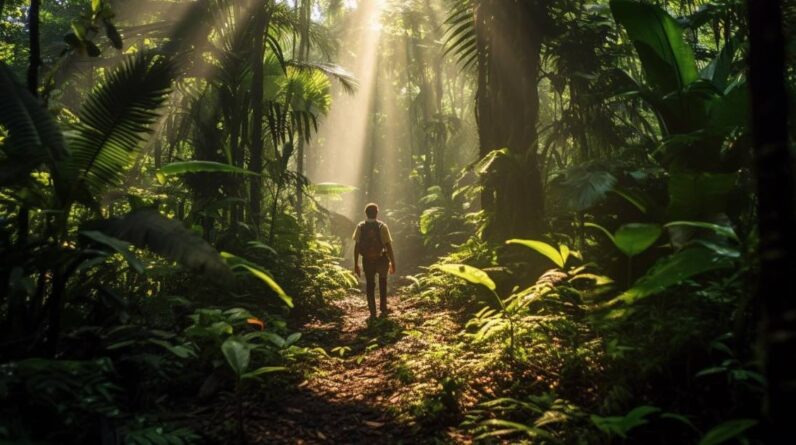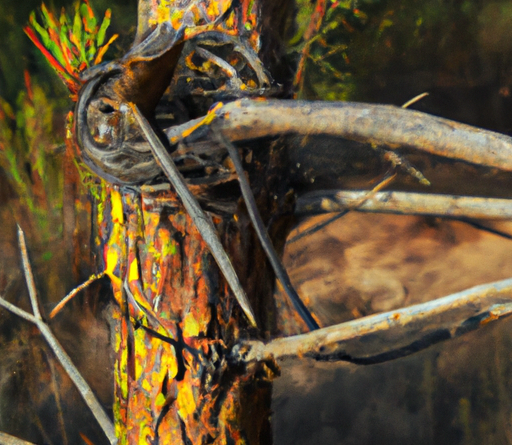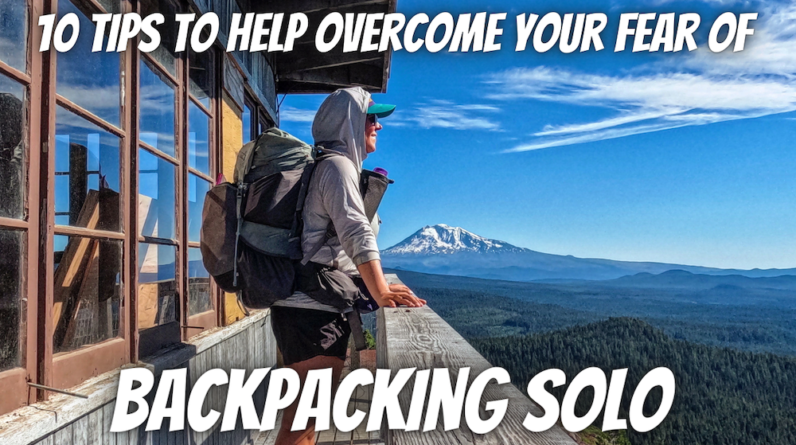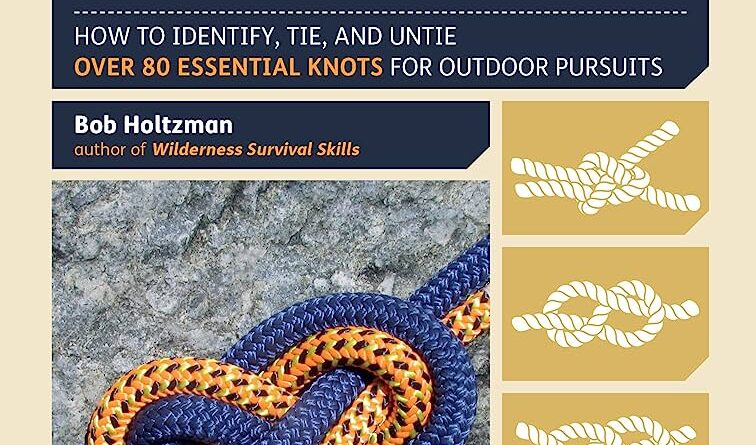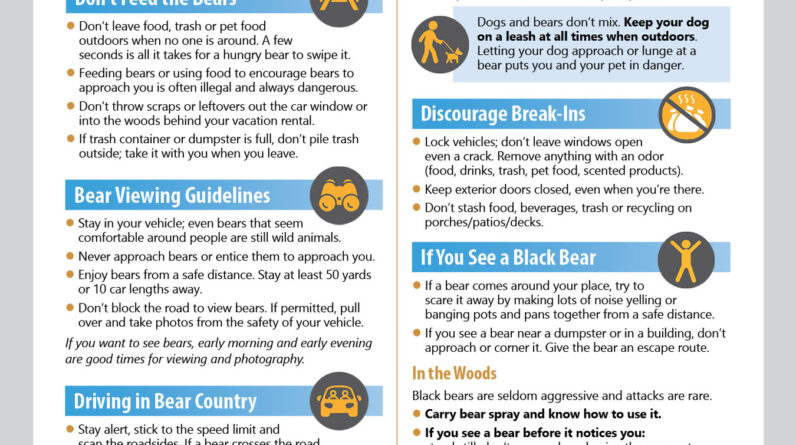
Introduction
Have you ever found yourself lost in the wilderness, with no idea how to find your way back? Survival navigation is a crucial skill that can mean the difference between life and death in a survival situation. In this article, we will explore the techniques of using a compass and map to navigate effectively in the wild.
What is survival navigation?
Survival navigation is the art of determining your location and finding your way using a compass and map, even without the aid of GPS or other electronic devices. It involves understanding how to read a map, interpret terrain features, and use a compass to accurately navigate towards your destination.
Importance of mastering survival navigation
Mastering survival navigation techniques is essential for anyone venturing into the wilderness. It allows you to confidently explore unfamiliar areas, find your way back to camp or safety, and avoid dangerous situations. By understanding how to navigate using a compass and map, you can mitigate the risk of getting lost or disoriented, enabling you to focus on other aspects of survival.
By learning these techniques, you gain a sense of self-reliance and resourcefulness. You build the confidence to venture deeper into nature, knowing that you have the skills to find your way back.
In the following sections, we will delve into the fundamentals of map reading, understanding topographic symbols, and using a compass for accurate navigation. Grab your map and compass, and let’s embark on this journey to mastering survival navigation.
Understanding Navigation Tools
Navigating in the wilderness can be a daunting task, but with the right tools and techniques, you can master survival navigation. Two essential tools for wilderness navigation are the compass and map. In this section, you will gain an understanding of these navigation tools and how to use them effectively.
Overview of compass and map
The compass is a vital tool that helps you determine direction. It consists of a magnetic needle that aligns with the Earth’s magnetic field, allowing you to find north. By using the compass in conjunction with a map, you can determine your location and navigate accurately.
The map is a visual representation of the terrain, key landmarks, and geographical features. It provides valuable information such as elevation, water sources, and potential hazards. By analyzing the map, you can plan your route and make informed decisions during your journey.
Components of a compass
A standard compass consists of a baseplate, orienting arrow, direction of travel arrow, magnetic needle, and a rotating bezel. The baseplate helps you measure distances on the map using the tool’s ruler. The orienting arrow aligns the map with the compass, ensuring accurate readings. The magnetic needle points towards magnetic north, while the rotating bezel helps you set and maintain a desired direction.
Types of maps for navigation
There are various types of maps available for navigation purposes. Topographic maps, for example, provide detailed information about the terrain, including contour lines and elevation changes. Trail maps, on the other hand, focus on specific recreational areas, highlighting trails, campsites, and points of interest. Understanding the different types of maps will enable you to choose the most appropriate one for your navigation needs.
By understanding the compass and map, and how to use them together, you are taking a significant step towards mastering survival navigation. These tools will empower you to confidently explore the wilderness, find your way, and ensure your safety in any situation.
Compass Navigation Techniques
Navigating using a compass and map is an essential skill for anyone venturing into the wilderness. Whether you are an avid hiker, a survival enthusiast, or an outdoor adventurer, mastering compass navigation techniques can mean the difference between getting lost and finding your way back to safety. In this section, we will explore the basics of using a compass, reading a compass, setting and following a bearing, and navigating with a compass at night.
Basics of using a compass
To start, ensure that your compass is properly calibrated and that you are familiar with its components. Hold the compass flat in your palm, ensuring it is levelled. Rotate your entire body until the needle lines up with the “N” marked on the compass. You are now facing north. From here, you can determine the rest of the cardinal directions.
Reading a compass
Once you have established the cardinal directions, it’s time to read the compass. The needle always points north, allowing you to determine your heading. Look for the direction of travel arrow and align it with the desired direction. Now, you have a bearing to follow.
Setting and following a bearing
To set a bearing, simply turn the compass dial until your desired heading aligns with the direction of travel arrow. Keep the compass level and follow the bearing, making necessary adjustments along the way. Be aware of obstacles and landmarks to stay on track.
Navigating with a compass at night
Navigating with a compass at night requires additional techniques. Use a flashlight with a red lens to preserve your night vision. Shine the light on your compass but avoid the reflection by cupping your hand around it. Now, you can read the compass in the dark without losing your way.
By mastering these compass navigation techniques, you will have the skills needed to confidently navigate your way through any terrain or situation. Remember to practice often and stay familiar with your compass, as it may become your most valuable tool in times of need.

Map Reading and Interpretation
Map reading is a crucial skill for any survivalist. By understanding how to read and interpret maps, you can navigate your way through unfamiliar terrain with confidence. In this section, we will explore the fundamentals of map reading and provide you with the necessary techniques to master this essential survival skill.
Understanding map symbols and legends
Maps are filled with various symbols and legends that represent features such as buildings, water bodies, roads, and vegetation. By familiarizing yourself with these symbols, you can easily identify and navigate to key landmarks or avoid potential obstacles. Take the time to study the legend accompanying your map and make sure you understand the meaning behind each symbol.
Identifying key features on a map
To effectively navigate using a map, you need to be able to identify key features in your surroundings. Look for prominent landmarks like mountains, rivers, or distinctive structures that can serve as reference points. By locating these features on the map, you can plot your position and determine the best route to your destination.
Calculating distances on a map
Accurately calculating distances on a map is essential for planning your journey and estimating travel time. Use the scale provided on the map to measure distances between landmarks or waypoints. By utilizing this information, you can avoid exhaustion and better manage your resources during a survival situation.
Orienting a map with a compass
To navigate effectively using a map and compass, it is vital to orient your map correctly. By aligning the map with the surrounding terrain using a compass, you can accurately determine your location and direction of travel. This skill enables you to stay on course and avoid getting lost.
By honing your map reading and interpretation skills, you will gain a valuable tool for navigating in the wilderness. Remember to practice these techniques regularly, and soon you will become a master at survival navigation with a compass and map.
Navigation Strategies and Tactics
Navigating through unfamiliar terrain can be a daunting task, especially in survival situations where every decision counts. Mastering survival navigation techniques using a compass and map can be a lifesaver when you find yourself lost in the wilderness. In this section, you will learn about various strategies and tactics that will help you navigate effectively and make your way back to safety.
Using landmarks for navigation
Landmarks play a crucial role in navigation. Look for distinctive features such as mountains, rivers, or prominent trees that can serve as reference points on your map. By identifying these landmarks and correlating them with your map, you can get a better understanding of your current location and plan your route accordingly.
Dead reckoning and estimating distances
Dead reckoning involves estimating your current position based on a previously known position. By keeping track of your direction and distance traveled, you can update your position on the map and navigate more accurately. Estimating distances becomes crucial when there are no obvious landmarks to rely on. By pacing or using natural features as a reference, you can make a rough estimation of distances and plan your journey accordingly.
Terrain association technique
The terrain association technique involves correlating the features visible in the landscape with the corresponding features on your map. By understanding the terrain around you and comparing it to your map, you can validate your location and navigate confidently. Look for distinctive terrain features such as hills, valleys, or ridges to assist you in this process.
Navigating without a compass or map
While a compass and map are essential tools, it’s crucial to have alternative methods in case you lose them. By observing natural signs such as the direction of the sun, the flow of water, or the growth patterns of plants, you can determine cardinal directions and navigate approximately. Additionally, learning basic celestial navigation techniques can help you navigate using the stars.
By practicing and mastering these survival navigation techniques, you can increase your chances of finding your way back to civilization when faced with challenging situations. Remember, preparation and knowledge are key to mastering survival navigation. Stay alert, trust your instincts, and always have a backup plan when venturing into unfamiliar territory.
Practical Exercises for Navigation
Whether you’re a seasoned adventurer or a beginner in the world of survival navigation, it’s essential to sharpen your skills through practical exercises. In this section, we will explore a variety of exercises that will help you master the techniques of compass and map navigation.
Setting up a navigation route
To begin, select a route on your map and mark the starting point and endpoint. Identify any significant landmarks along the way that can serve as navigational aids. Next, determine the distance between each waypoint and calculate the compass bearing needed to reach each point. This exercise will familiarize you with the process of planning and setting up a route for your navigation journey.
Navigating to a specific point
Once you’ve set up your navigation route, it’s time to put your skills to the test by navigating to a specific point. Using your compass and map, follow the planned route, adjusting your bearing as necessary. Ensure you keep track of your progress by constantly checking your position on the map and verifying your surroundings against the landmarks you identified.
Finding multiple waypoints
Building upon the previous exercise, challenge yourself by locating multiple waypoints along your route. This exercise will allow you to practice transitioning between different bearings and distances while maintaining a clear sense of direction. Adjust your compass bearing for each waypoint and carefully navigate to each one by identifying the landmarks you planned beforehand.
Simulated survival scenarios
Lastly, simulate real-life survival scenarios to test your navigation skills under challenging conditions. Imagine yourself in unfamiliar terrain or facing adverse weather conditions. Mimic these scenarios by adjusting your route or introducing additional obstacles during your exercises. This will help you develop the ability to adapt and overcome unexpected challenges while keeping a steady focus on your navigation goals.
Remember, practice makes perfect when it comes to mastering survival navigation techniques. By incorporating these practical exercises into your training regimen, you will hone your compass and map skills, ultimately increasing your chances of successfully navigating any terrain or situation you may encounter. Happy navigating!

Common Navigation Mistakes and Challenges
Navigating with a compass and map can be an essential skill in survival situations. However, even experienced outdoor enthusiasts can make common mistakes and face various challenges when it comes to survival navigation. In this section, we will explore some of these pitfalls and provide you with tips on how to overcome them.
Misinterpreting map features
One of the most common errors in navigation is misinterpreting map features. When you rely solely on the map without considering the actual terrain, you may find yourself off course. To avoid this, always cross-reference map features with what you see in your surroundings to ensure accurate navigation.
Getting disoriented in unfamiliar terrain
Unfamiliar terrain can be disorienting, making it difficult to know which direction to take. In these situations, staying calm and using your compass can be crucial. By taking a map bearing and following it with your compass, you can maintain a sense of direction and prevent becoming lost.
Dealing with limited visibility
Limited visibility, such as during fog or heavy rain, can impede navigation. When faced with these conditions, it’s important to slow down and pay extra attention to your surroundings. Relocate yourself frequently by triangulating your position based on known landmarks or utilizing other navigational techniques.
Overcoming navigational obstacles
Sometimes, you may encounter navigational obstacles like rivers, mountains, or dense vegetation that disrupt your planned route. When faced with such challenges, it’s essential to adapt and modify your navigation strategy. Look for alternative paths, utilize topographical maps to find natural passageways, and consider the safest approach to reach your destination.
By being aware of these common mistakes and challenges in survival navigation, you can prepare yourself for any situation that may arise. Remember, practice and experience will further enhance your compass and map skills, allowing you to confidently navigate through unfamiliar territories. Happy exploring!
Conclusion
Importance of practicing survival navigation skills
Mastering survival navigation skills using a compass and map is crucial for anyone who ventures into the great outdoors. By understanding these techniques, you can ensure your safety and navigate confidently through unfamiliar terrains.
Practicing these skills is essential because it allows you to familiarize yourself with the tools and techniques necessary for effective navigation. By regularly using a compass and map, you become accustomed to interpreting topographic features, calculating distances, and determining cardinal directions. With practice, you can quickly glance at a map and understand your location, helping you make informed decisions about your route.
Enhancing outdoor experiences with navigation knowledge
Beyond safety considerations, navigating with a compass and map can enrich your outdoor experiences. By mastering these skills, you can explore new territories confidently and with a sense of freedom. Instead of relying solely on GPS devices or online maps, you can disconnect from technology and truly immerse yourself in nature. The satisfaction of successfully navigating through challenging terrain using traditional methods is incomparable.
In conclusion, mastering survival navigation techniques using a compass and map is a valuable asset for outdoor enthusiasts. Whether you’re an avid hiker, camper, or adventurer, investing time in practicing and honing these skills will greatly enhance your outdoor experiences and ensure you can confidently navigate through any situation. So grab your compass and map, and let your exploration begin!


